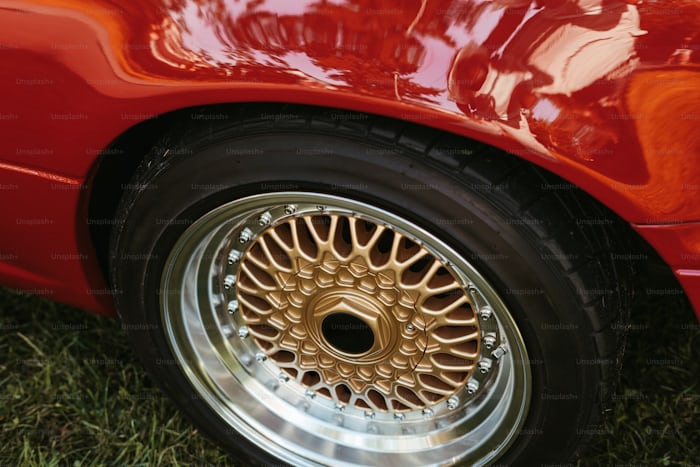The design of the Ferrari F40 is influenced by several key factors that reflect both engineering excellence and aesthetic considerations:
1. Enzo Ferrari’s Vision
Enzo Ferrari aimed to create a car that epitomized the ultimate driving experience, emphasizing performance over luxury. His insistence on a raw, uncompromising design led to a minimalist interior focused on driver engagement, stripping away non-essential features to enhance performance and reduce weight[2][3].
2. Aerodynamics
The F40’s design heavily emphasizes aerodynamics, with extensive wind tunnel testing guiding its shape. Features like the large rear wing and sculpted bodywork are not merely aesthetic; they serve to enhance downforce and stability at high speeds, achieving a drag coefficient of 0.34[1][5]. The underbody was designed to facilitate airflow, akin to open-wheel racing cars, ensuring optimal cooling for the turbocharged engine[5].
3. Lightweight Materials
The use of advanced materials such as carbon fiber, Kevlar, and aluminum was pivotal in reducing weight while maintaining structural integrity. This focus on lightweight construction allowed the F40 to achieve remarkable performance figures without compromising safety[1][4]. The body panels were crafted using these materials to ensure both strength and agility.
4. Pininfarina Design

The iconic styling of the F40 was developed by Pininfarina under the supervision of Aldo Brovarone. The design features a distinctive silhouette with aggressive lines and a wide stance, contributing to its sporty appearance while also optimizing aerodynamics[1][5]. The integration of functional elements like NACA ducts for air intake further highlights the blend of form and function.
5. Racing Heritage
The F40 was conceived as a road-legal race car, drawing inspiration from Ferrari’s motorsport legacy. Its tubular steel space-frame chassis and racing-derived components reflect this heritage, ensuring that it delivers an exhilarating driving experience reminiscent of track performance[3][4].
These design influences combine to make the Ferrari F40 not only a symbol of automotive excellence but also a lasting icon in the realm of sports cars.
Conclusion
In conclusion, Ferrari represents the pinnacle of luxury sports cars, blending high-performance engineering with sophisticated design. The brand has built a legacy on the racetrack and continues to lead in innovation, pushing the boundaries of automotive technology. Ferrari’s exclusivity, craftsmanship, and iconic status make it a symbol of prestige and performance. Through its commitment to excellence, Ferrari has solidified its place as one of the most revered and recognizable brands in the automotive world.






Great information shared.. really enjoyed reading this post thank you author for sharing this post .. appreciated